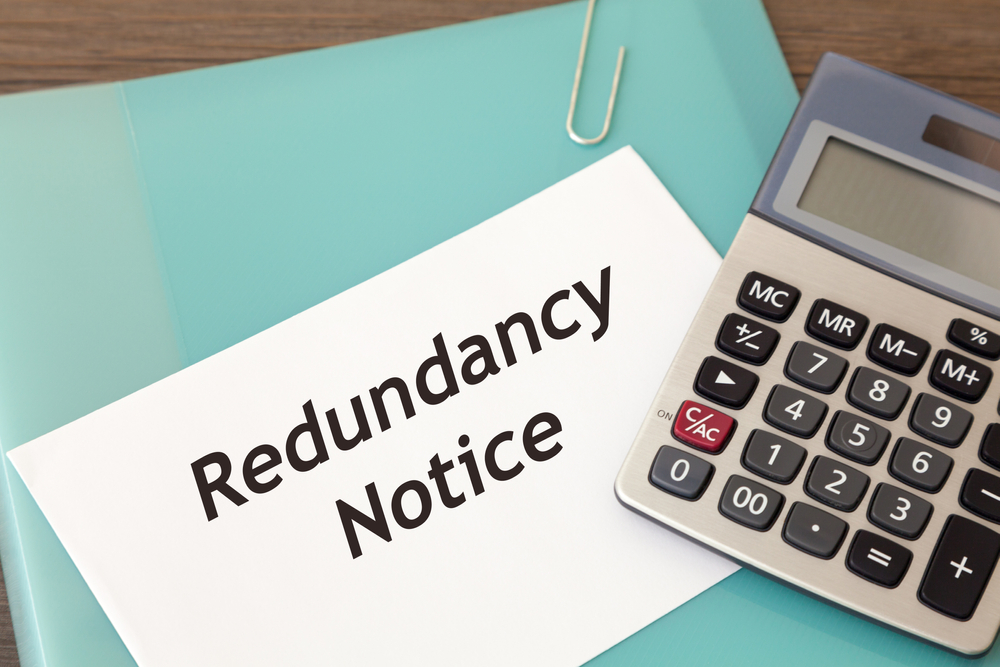Household Bills
Why today is a significant day for furlough redundancies

Today marks the cut-off point for companies to launch consultations if they want to make 100 or more workers redundant before the furlough scheme ends.
The law states that for a collective redundancy of 100 or more workers, consultation must start at least 45 days before a job role ends.
As the Coronavirus Job Retention Scheme (furlough) comes to an end on 31 October – meaning no more financial help from the government to cover staff wages – firms must launch a consultation by 16 September latest if they plan collective redundancies by 1 November 2020, according to Citizens Advice.
It said it is helping someone every two minutes with one-to-one redundancy advice, and is urging anyone at risk of redundancy to check their rights are being observed.
Tracey Moss, senior employment expert at Citizens Advice, said: “If you’re at risk of redundancy, it’s important to know you do have rights to help protect you from unfair dismissal and to ensure you’re paid what you’re owed.
“It’s completely understandable that you may find the rules and procedures overwhelming, but you don’t have to face redundancy alone. If you’re struggling, contact your nearest Citizens Advice for help.”
The charity has set out seven points anyone at risk of redundancy should check:
1) Check if your redundancy is fair
There are rules to protect you from being discriminated against, and for being picked for redundancy due to an unfair reason. For example, although you can be made redundant while pregnant or on maternity leave, you cannot be made redundant because you’re pregnant or on maternity leave. If you are this counts as “automatic unfair dismissal” and discrimination.
Other examples include if you’re picked because you work part-time or you made a complaint about health and safety. See Check if your redundancy is fair for more information.
2) Check how much redundancy pay you get
You’re entitled to statutory redundancy pay, which is the minimum the law says you’re entitled to, if you’ve been an employee for two years. The amount you will get depends on your age and how long you have worked for the company. You won’t get statutory redundancy pay if you’ve worked for the company for less than two years, are self-employed or are in certain professions such as the armed forces or police.
You may also lose out on statutory redundancy pay if you turn down a suitable alternative job from your employer without a good reason. Your employer may also pay extra money on top of the statutory amount you’re entitled to – this is called contractual redundancy pay. Some employees may be entitled to contractual redundancy pay even though they are not entitled to statutory redundancy pay.
3) Furloughed? Make sure you get 100% redundancy pay
If you were furloughed and then made redundant, your redundancy pay should be based on your normal wage.
If you were paid 80% of your wages while on furlough, your redundancy pay should be based on your full wage.
4) Check your notice period
If you’ve worked for your employer for at least a month you’re entitled to a paid statutory notice period. If you’ve worked there for more than a month but less than two years, you have to be given a week’s notice. For two years or more, it’s a week for each full year you have worked, up to a maximum of 12 weeks. You may be entitled to a longer notice period as part of your employment contract.
Your notice period only starts when your employer says you’ll be made redundant and gives you a finishing date, not when your employer says you’re at risk of redundancy.
Your employer might decide to give you notice pay instead of your notice period. This is called ‘pay in lieu of notice’.
5) Check your holiday pay
You’ll be paid for any holiday left before you leave. This should be at your normal rate’s pay, even if you’re currently furloughed on 80% of your pay. You can ask to take holiday during your notice period, but it’s up to your employer to decide if you can take it then. Your employer can also tell you to use up any holiday you have left over, but they must give you notice. The notice must be at least twice as long as the holiday they want you to take.
6) You might be entitled to paid time off to look for work
If you’ve worked for your employer for two years at the end of your notice period, you’re likely to be entitled to ‘reasonable’ time off to apply for jobs or go on training. You can take the time off at any time in normal working hours and your employer can’t ask you to rearrange your work hours to make up the time off. When taking time off to look for work, you’ll be paid at your normal hourly rate, but only for up to 40% of a week’s work – for instance for up to two days if you work a five-day week. See preparing for after redundancy for more information.
7) Check if you’ve got legal help via your home insurance
Often people get ‘legal expenses cover’ as part of their home insurance package, but many don’t realise they can get free legal help to challenge their redundancy if they think it’s discriminatory or unfair. It’s worth checking the terms and conditions and speaking to your insurer if unsure.
If you have a trade union at work, you could also contact them. Your union can help you work out if you’ve got a claim, and support you through the process, for example by going to meetings with you or negotiating on your behalf.